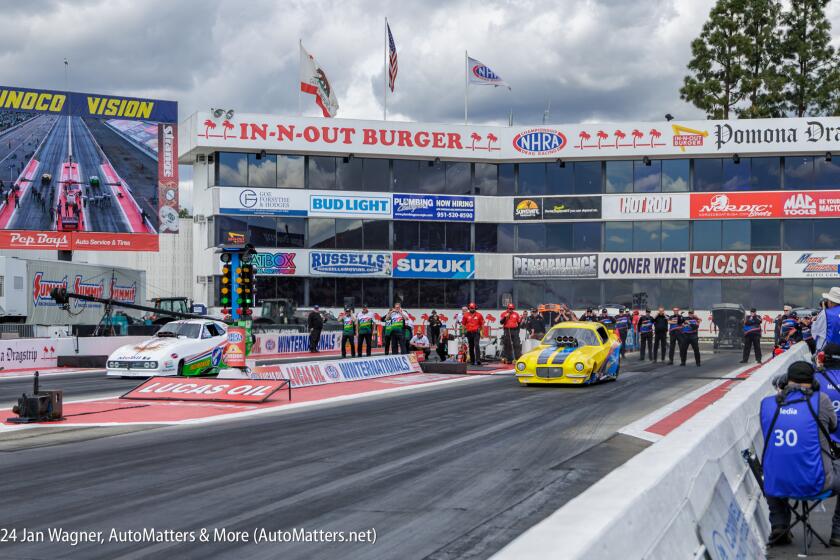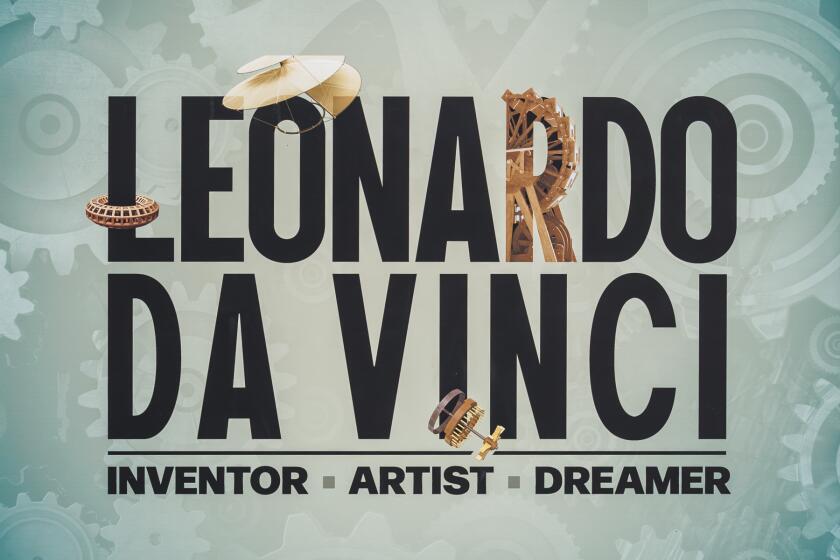AutoMatters & More: The Cars That Made America
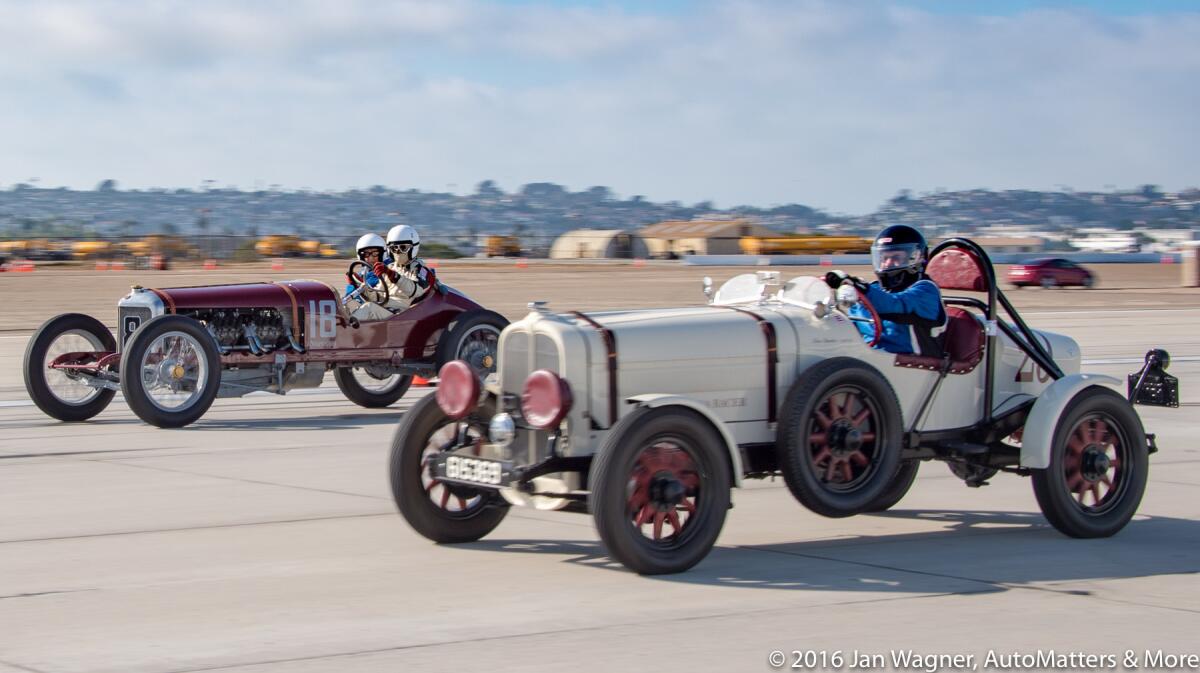
“The Cars That Made America” is a fascinating and informative three-part TV miniseries about the rise of the automobile industry in America up to the present day, and how it played major roles in reshaping the country and the rise of the middle class. Rare historical film footage reveals everyday life and transportation as it was back in the day. Insightful commentary is provided by executive producer Dale Earnhardt Jr. and other famous racecar drivers.
Along the way we learn about “The Big Three”: Ford,
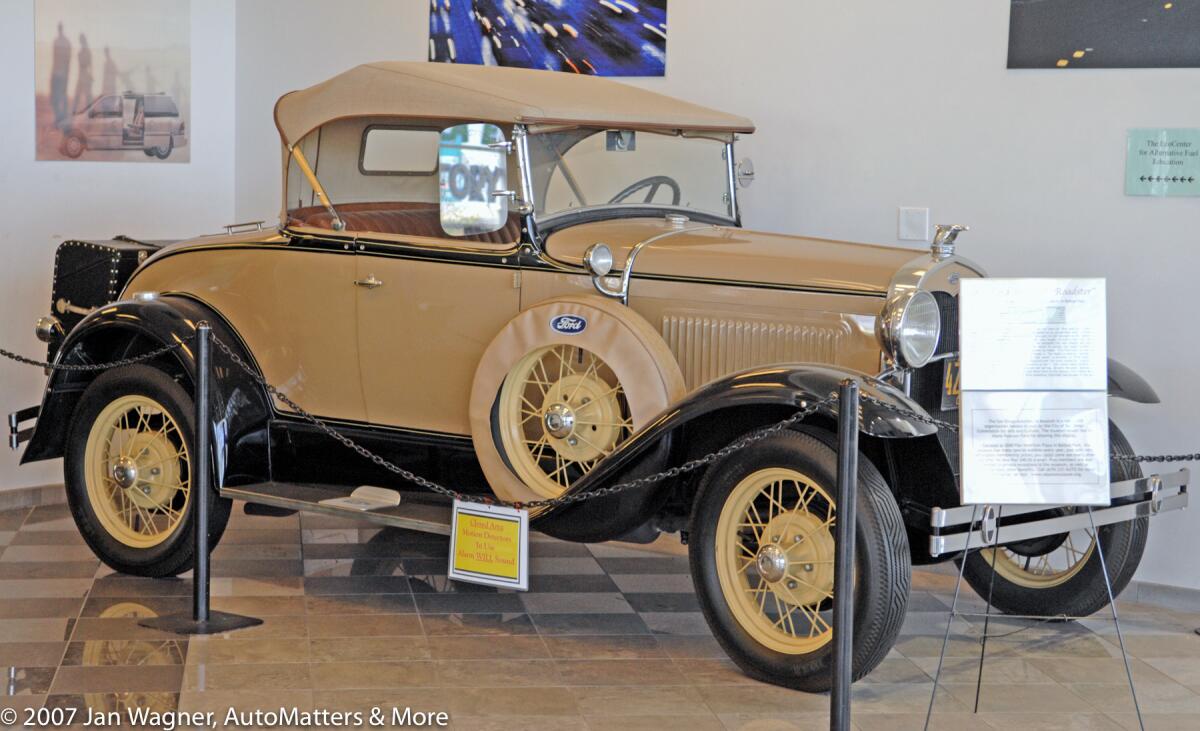
This series focuses on several icons of the American auto industry and the companies that they worked for. These included Henry Ford, Horace and John
Prior to the ascendance of the automobile, Americans had few alternatives for their personal transportation. The most popular one was the horse, but it was not particularly quick or convenient – and then there was the horrible stench that large numbers of horses created with their waste on crowded city streets.
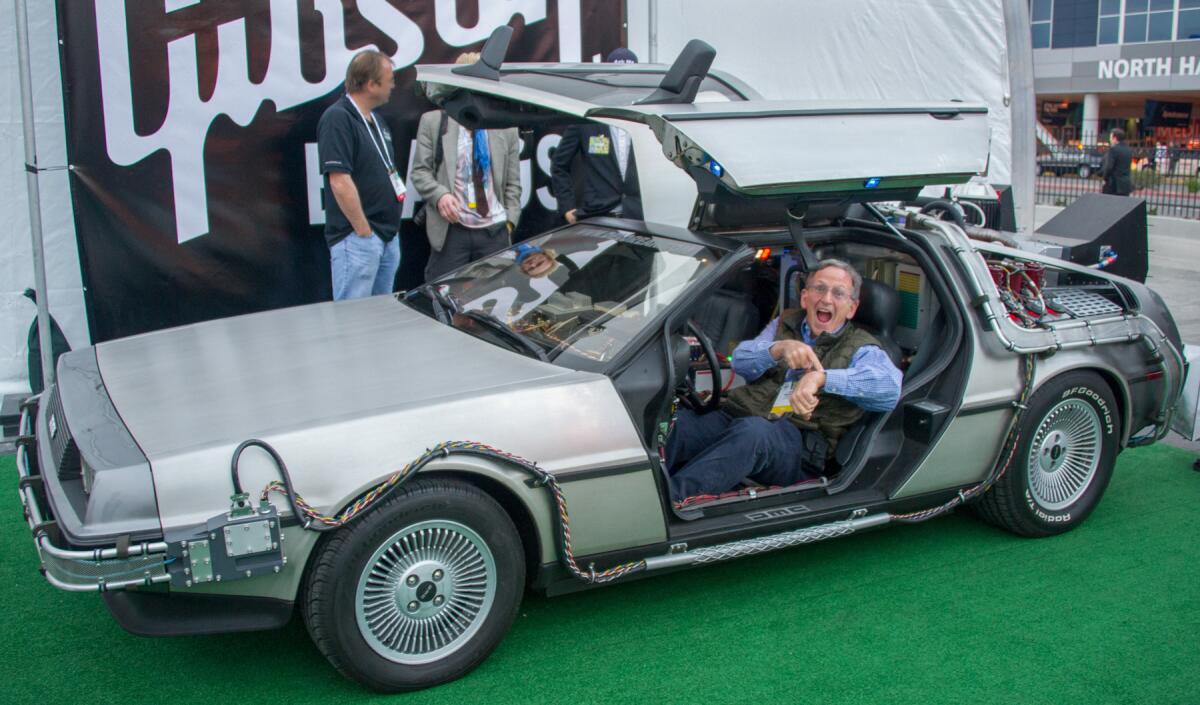
Cars offered freedom of mobility at a time when most Americans rarely travelled more than a few miles beyond where they lived. However, early cars were unreliable and largely unaffordable.
Companies raced their cars to demonstrate their reliability, which led to increased sales. Henry Ford won a crucial race in his Model T because it was more reliable than the much quicker car of his competitor.
Beginning with the letter “A,” Ford went through the alphabet developing and naming cars until he came up with a reliable and affordable one that would prove massively popular. That car was the Model T.

Cars used to be built by small groups of workers assembling one car at a time. In order to vastly improve the speed, efficiency and quality of the Model T’s production process, and drastically reduce its price, Henry Ford originated and implemented the automobile production line, modeled after what was used to butcher and process cattle. New Model T’s moved along assembly lines, where workers quickly installed just one thing over and over again, to perfection. This helped enable Ford to become America’s number one automaker.
For years the other auto manufacturers had been paying a per-car royalty due to the Selden patent on the automobile. Ford alone refused to do so. He stubbornly fought it in the courts and eventually won.
Ford was a ruthless tyrant, according to the miniseries. He incessantly criticized and demeaned those who worked for him – up to and including his son Edsel – and ignored important suggestions that would have kept his cars competitive and Ford on top, the miniseries reported.
Early on Henry had joined with the Dodge Brothers in a mutually beneficial partnership, but he downplayed their important engineering contributions by not giving them the public credit that they deserved, according to the miniseries. They let their dissatisfaction be known. The Dodge brothers had shares in Ford so, fearing that they would leave to start their own company, Henry installed his son Edsel as president – in name only – to drive down the stock price, the miniseries reported. As Henry predicted, investors did not respond well to that appointment, causing the value of the Dodge brothers’ shares in Ford to fall significantly before they could sell them. Nevertheless they formed their own automobile company. Their innovative ideas made them a strong competitor to Ford.
Eventually Ford relented and allowed Edsel to implement important changes, including the successful introduction of the Model A – a new beginning – but then Depression hit. Henry blamed Edsel for the company’s sales slump.
These are but a few of the many stories told in “The Cars That Made America.” For more information, visit the A+E Networks “History” channel at https://www.history.com/shows/the-cars-that-made-america/about.
Send your comments and suggestions to AutoMatters@gmail.com.
Copyright © 2017 by Jan Wagner – AutoMatters & More #506
Get the Del Mar Times in your inbox
Top stories from Carmel Valley, Del Mar and Solana Beach every Friday for free.
You may occasionally receive promotional content from the Del Mar Times.



